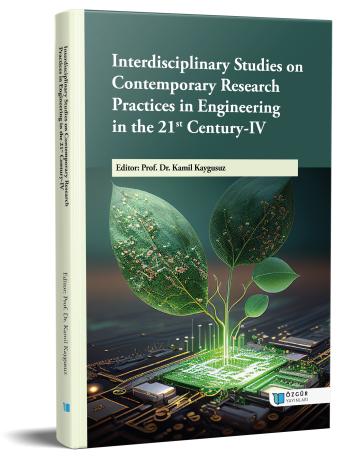
Air Source Heat Pumps for Building Heating and Cooling
Şu kitabın bölümü:
Kaygusuz,
K.
(ed.)
2023.
21. Yüzyılda Mühendislikte Çağdaş Araştırma Uygulamaları Üzerine Disiplinler Arası Çalışmalar IV.
Özet
Air Source Heat Pumps (ASHPs) are part of the solution to decarbonize the residential heating sector. The coefficient of performance (COP) is a measure of the instantaneous efficiency of a heat pump. The heat energy produced by an ASHP is deemed renewable if it meets a specified sustained COP over a period of time, e.g., a seasonal performance factor (SPF). Heat pump performance in situ often differs from laboratory test conditions. This paper explores the performance of ASHPs in a field trial of deeply retrofitted Irish houses. Analysis shows that all houses in the trial qualify as producing renewable heat but vary from the manufacturer’s laboratory test performance. Air source heat pumps typically include a fan, compressor, refrigeration circuits, and a heat exchanger. To provide heat, outside air is blown over tubes filled with refrigerant. The air warms the refrigerant, converting it from a liquid to a gas. The refrigerant then passes through a compressor, increasing the pressure and creating additional heat. This gas passes into a heat exchanger, enabling the heating of either air or water that is then circulated throughout the building. This transfer of energy, in turn, converts the refrigerant back to a liquid and allows the cycle to be repeated. Heat pumps may also be reverse cycle and provide cooling. To cool a building, a reversing valve changes the direction of the flow of refrigerant, which changes the direction of heat transfer.

